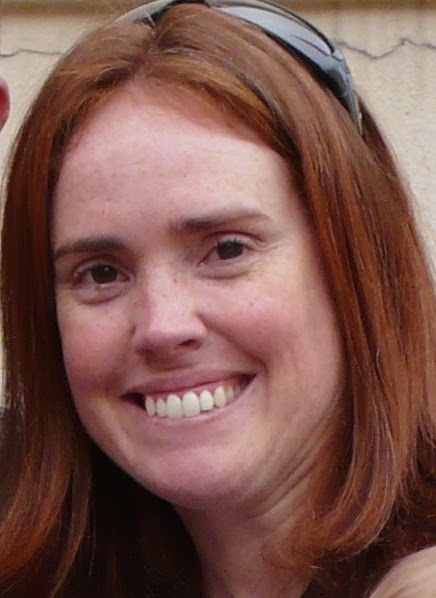 |
| CELEBRATING STRONG WOMEN ... A glimpse of the exhibition panels that tell the fascinating stories of Eastern Cape heroines |
But, as an adult, I’ve developed a love for past events, a curiosity for finding out why things happened – and I’ve discovered incidents and people far more interesting than the dreary textbook stuff we were force-fed at school.
 |
| Guest blogger Nicky Willemse |
I was recently asked to edit the panels for NMMU’s upcoming exhibition, titled “The role of women in the shaping of Eastern Cape history”. I was educated, to say the least, reading about the achievements (often against all odds) of strong women from the late 1700s to the last century.
And I had a lightbulb moment.
I realised that in all the years of history I had to endure at school, the heroes profiled were men. In my junior school in Pietersburg/Polokwane (in the heart of Voortrekker country), we learned ad nauseum about the achievements of Jan van Riebeek, Piet Retief, Andries Pretorius, Andries Potgieter and others. Later, in Port Elizabeth, I was introduced to Bartholomew Dias, Vasco de Gama, Rufane Donkin.
All white men – at my white schools (I finished school in ’93).
Black leaders like Shaka and Dingaan were included too, but more as anti-heroes, conquests of the Brits and the boers.
At high school (Standard 6 and 7), history went overseas to World Wars and ongoing Middle-East conflict. But again, there was never a mention of any heroine.
Reading the panels was an eye-opener. How much more interesting history would have been had these women been included? People like Mary Elizabeth Barber, Nontetha Nkwenkwe and Yetta Barenblatt. No, of course, you haven’t heard of them.
Mary, a settler, was the Eastern Cape’s first botanist. She even used to exchange ideas with Charles Darwin. He even thanked her for her assistance in one of his publications.
Nontetha Nkwenkwe faded into obscurity because the government at the time was threatened by her and had her confined to one mental hospital after another, until she eventually died in isolation. There was nothing wrong with her, other than the fact that she was trying to make sense of a world where her long-held Xhosa traditions were being wiped out by colonisation. She did this by starting a church in the 1920s which preached a synthesis of Christian and Xhosa spirituality – she was influential and had a large following. And so she was locked up.
Industrialisation in the Eastern Cape brought with it the establishment of factories, which were filled with women. First white women, then coloured and later black women. Factories brought with them the trade unions, and many strong (but socially repressed) women suddenly had a voice, and they made it political. Irish-born Yetta Barenblatt was a skilled union negotiator in East London who would later become secretary of the Congress of Democrats and be detained during the 1960 State of Emergency.
I purposely chose these women, because they have faded into obscurity, but there are others profiled in the exhibition who are better-known: Saartjie Baartman, Dora Nginza, Molly Blackburn. Their stories are just as fascinating.
There are equally fascinating true tales of prostitution, assault and murder – real page-turning stuff. How could I ever have thought history dreary?
I know South Africa’s history textbooks have changed. I haven’t seen them, but I can only hope that they include some of the stories of these amazing women, who were working against the grain in strongly-patriarchal times (which we have not completely overcome yet).
These are stories that must be told.
- The exhibition – which includes factual and anecdotal information, poetry and photographs on 18 attractively-designed, ceiling-high panels – is on public display in the Archive Exhibition Centre on NMMU’s Second Avenue Campus, from Tuesday (25 November) to November next year.
No comments:
Post a Comment